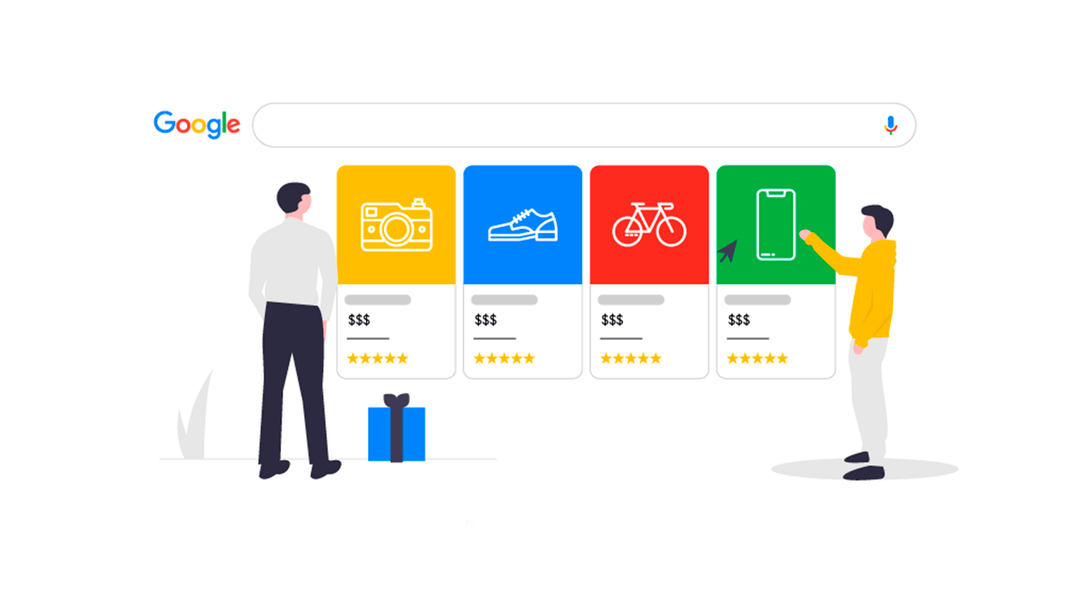In the eCommerce world, Google Shopping Ads have become one of the most vital marketing tools for boosting visibility, attracting high-quality leads, and boosting sales. In contrast to traditional text ads,Â
Google Shopping Ads let retailers show off products visually in search results, giving customers an engaging and informative browsing experience right inside Google.Â
You’ll learn how to set up Google Shopping Ads, how to optimize them, and how to make your campaigns more effective.
Google Shopping Ads: What You Need To Know
Shopping Ads: What Are They?
Ads on Google Shopping are specifically designed for eCommerce businesses. Search results show product images, titles, prices, and other details, so you can see what products are before you even go to the website. These ads are great for showcasing products in a competitive market, because they give potential customers an immediate sense of quality, price, and relevance. Shopping Ads are different from traditional search ads.
Google Shopping Ads: How To Set It Up
Google Shopping Ads setup involves linking accounts, setting up a product feed, and understanding the basics.
Getting a Google Merchant Center account

The Basics Of Google Shopping Ads For Ecommerce Stores
For Google Shopping Ads, the Google Merchant Center account is the foundation, since it stores all the product data.
How to set up a Google Merchant Center account:
A Google account is required to access the Merchant Center. Sign in with your existing account or create a new one.
Getting verified makes sure your domain belongs to you.
You can connect your Merchant Center account with Google Ads for seamless data transfer.
You’ll be able to show your products in shopping ads if you upload a detailed product feed with accurate information.
A product feed for your website
A product feed contains information about each product, such as its title, description, images, and price.Â
To display accurate and relevant information in Google Shopping Ads, you need a well structured product feed.
Here are some ways to create product feeds:
Small businesses with a small inventory can manage a product feed manually, but it’s time consuming.
There are a lot of eCommerce platforms out there that automatically create and update product feeds, saving you time and making sure you don’t miss anything.
Making product feeds better
The title, description, and image of your product feed can affect ad performance. It’s important to use relevant keywords and high quality images, and make sure pricing and availability are up to date.
Getting The Best Bids On Google Shopping
You need to choose the right bidding strategy if you want to control ad costs and achieve your goals.
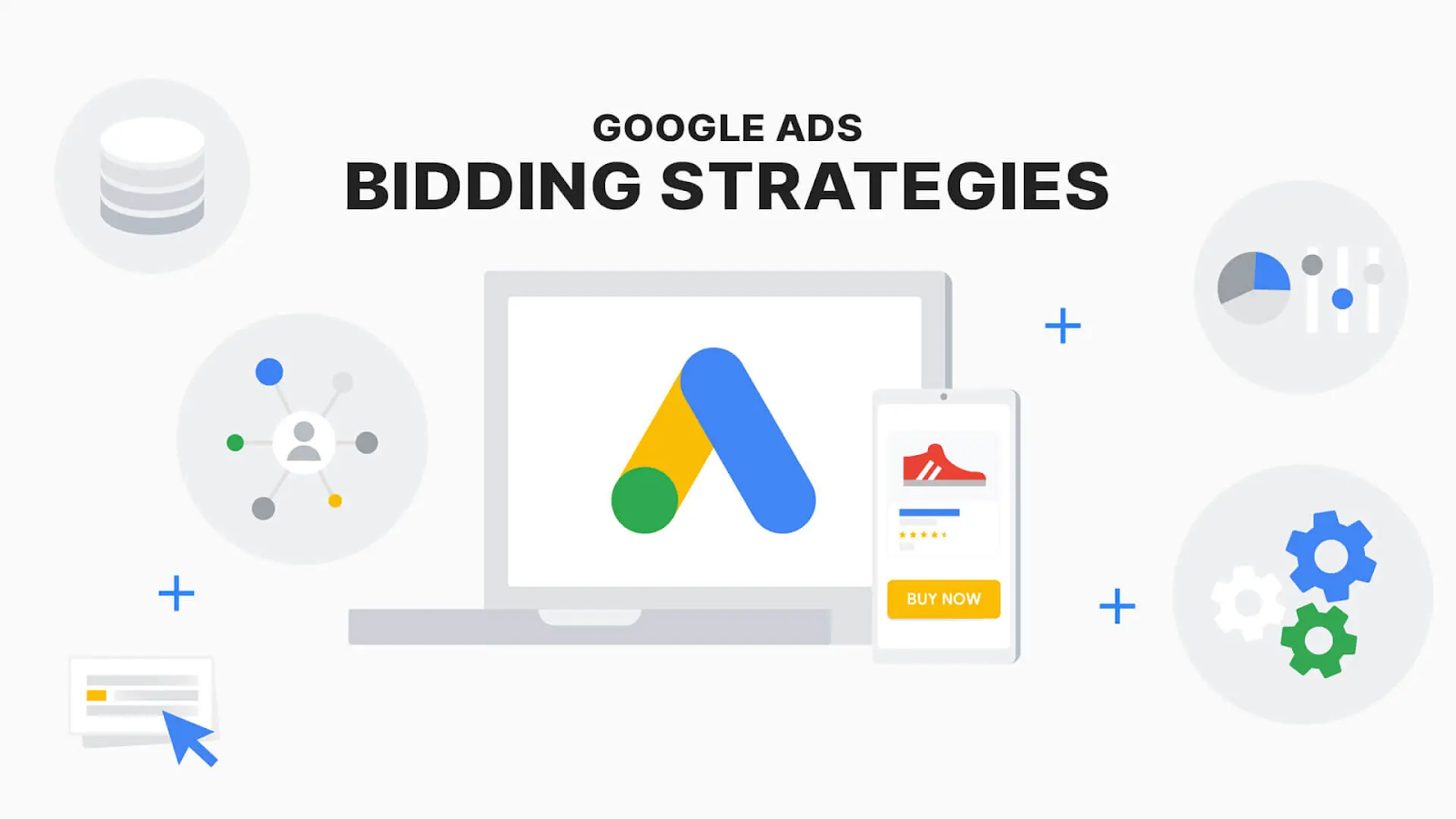
The Basics Of Google Shopping Ads For Ecommerce Stores
There are a lot of different ways to bid on Google Shopping
CPC bidding means you pay whenever someone clicks on your ad. You can set maximum bids for each product or ad group so you know exactly what you’re spending.
In CPM, advertisers pay per view, regardless of clicks. Boost your brand’s visibility with this strategy.
Machine learning powered Smart Bidding optimizes bids based on conversion goals, such as conversion rate or value, and is a great choice for businesses looking to grow their sales.
Google Shopping Ads Vs. Other Ad Types
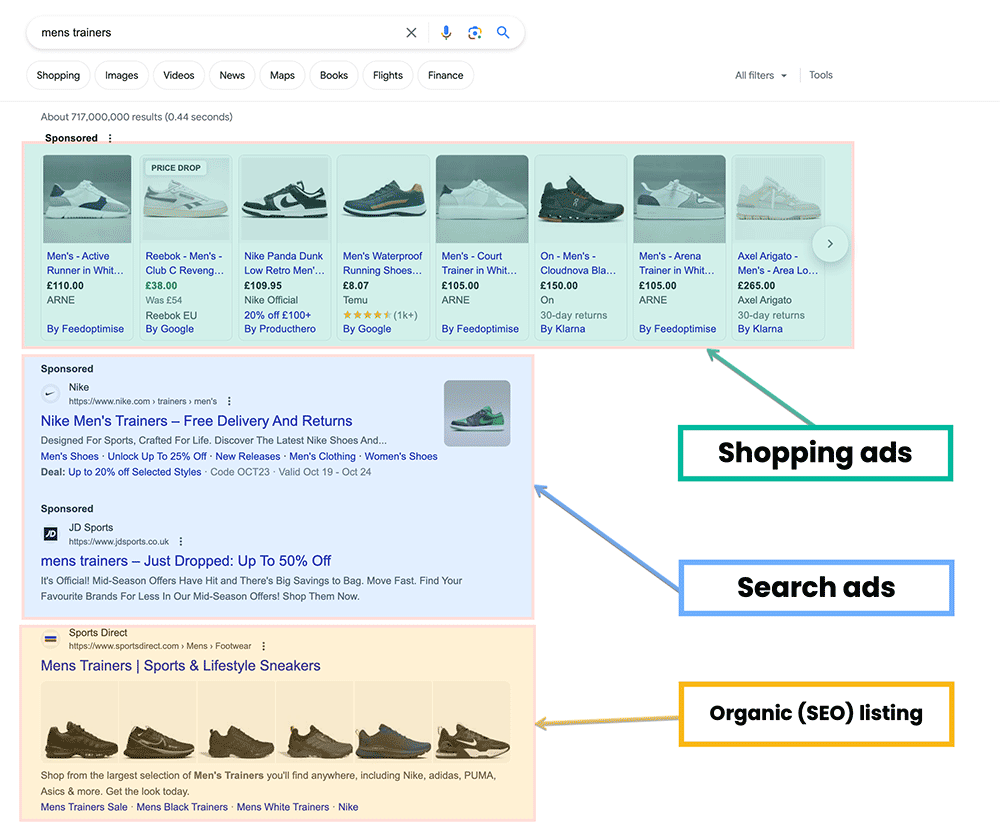
The Basics Of Google Shopping Ads For Ecommerce Stores
Image Courtesy –Growth Minded
Google Shopping Ads Have These Advantages
With Google Shopping Ads, you get a visually engaging format that results in a higher clickthrough rate. They let users see product images, titles, and prices directly within search results, making browsing more fun.
Get higher quality leads with shopping ads
Especially for high intent leads, Shopping Ads work great. Shoppers looking for specific products are often closer to making a purchase decision, making Shopping Ads a great way to target high converting leads.
Making Google Shopping Ads Work
A successful Google Shopping campaign requires constant optimization. It’s all about the product details, ad targeting, and bid management.
Search Engine Optimization for Google Shopping Ads
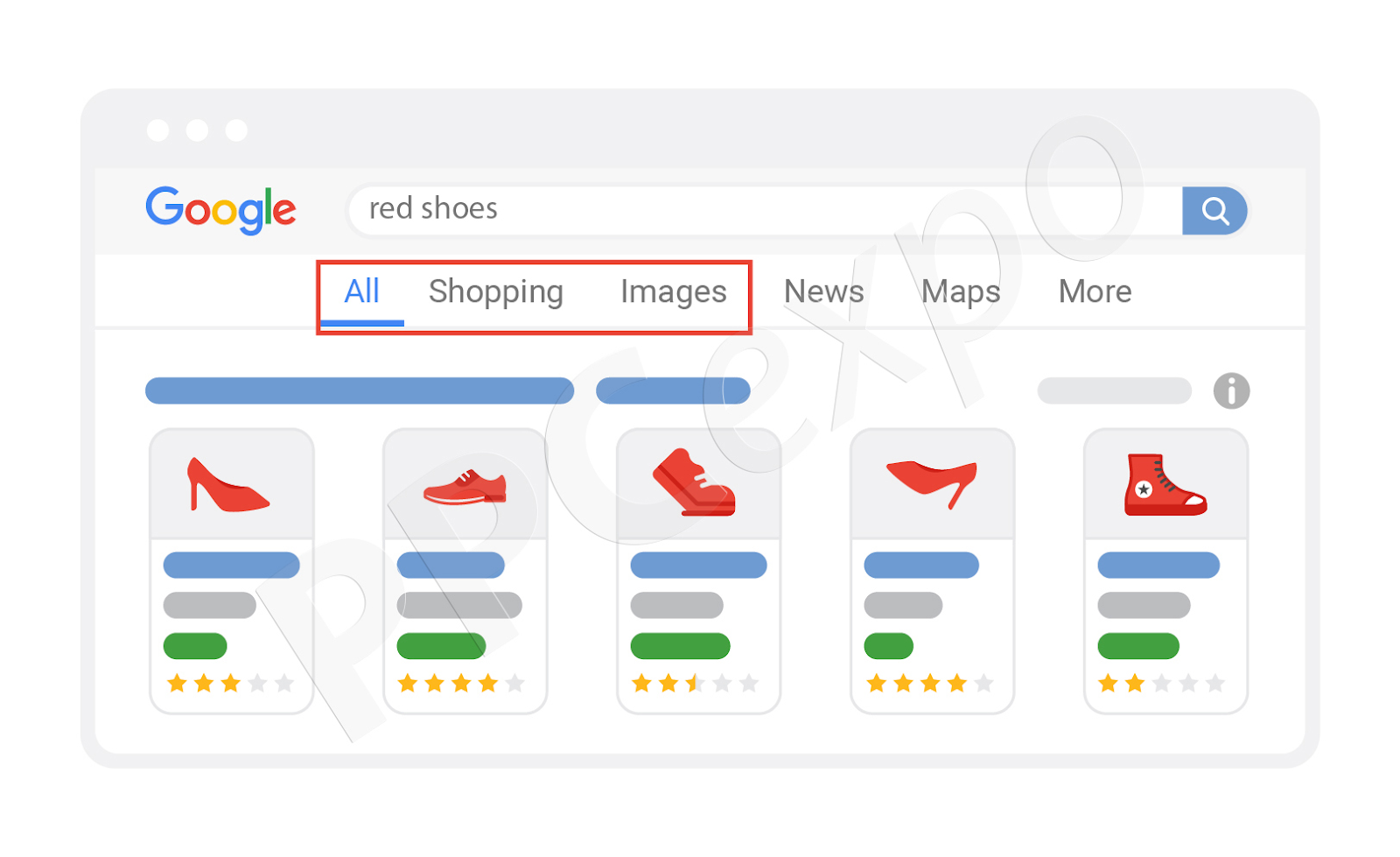
The Basics Of Google Shopping Ads For Ecommerce Stores
You can boost ad performance by making your listings more relevant and appealing by optimizing product information.
Titles influence click through rates. It’s important to include relevant keywords and clear descriptions to get your products to show up in search results.
Price comparison is often done right on the search page. Making your prices competitive can help your products stand out, increasing clicks and conversions.
In shopping ads, use negative keywords
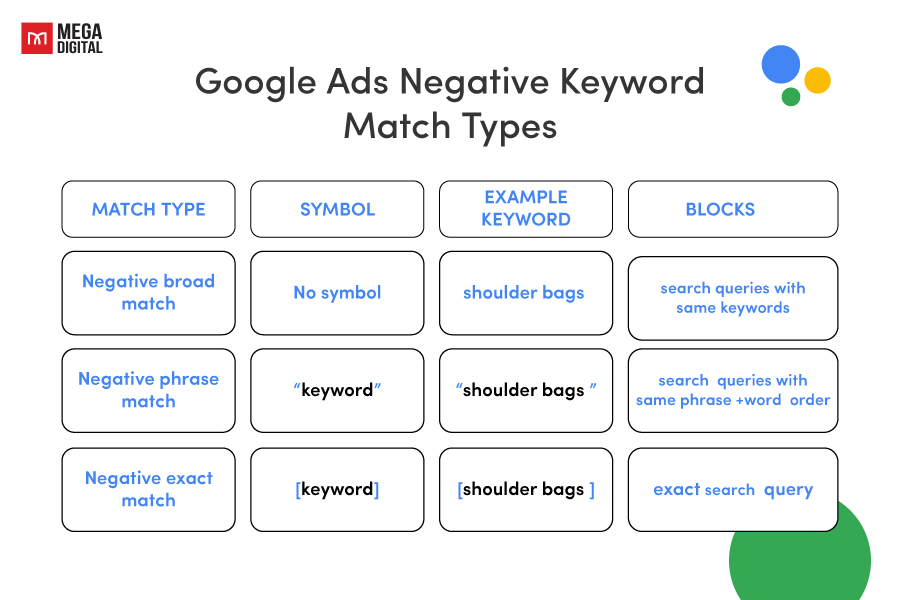
The Basics Of Google Shopping Ads For Ecommerce Stores
Image Courtesy –Mega Digital
By adding negative keywords, you’ll make sure your ads show up only for relevant searches. Excluding non relevant terms helps businesses save money and get more qualified traffic. Updating negative keywords based on campaign performance is crucial for maintaining ad quality.
Choosing between automated and manual bids
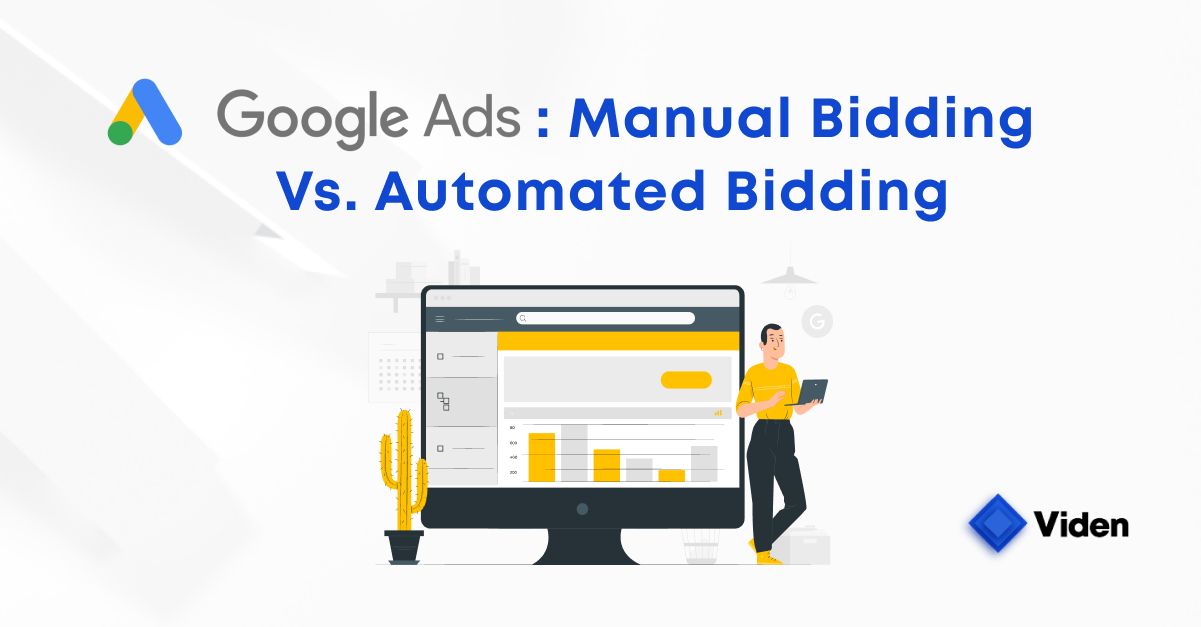
The Basics Of Google Shopping Ads For Ecommerce Stores
Image Courtesy –VIDEN
Machine learning adjusts bids based on Google’s machine learning, aiming for maximum conversions. For people who want to focus on conversions without micromanaging bids, it’s great.
Manual CPCs give advertisers more control, letting them adjust bids for each product. It’s perfect for companies that like to keep an eye on their spending and optimize based on performance.
Monitoring And Optimizing Campaigns

The Basics Of Google Shopping Ads For Ecommerce Stores
Image Courtesy –2 MINUTES
Google Shopping Ads performance analysis is essential to understand how they’re working and improve them.
Insights from Google Ads Dashboard
In addition to impressions, clicks, and conversions, Google Ads dashboard also provides CTR and conversion rates.
Businesses can find out which products perform best by examining data for individual SKUs.
With Google’s benchmarking tools, advertisers can compare campaign performance with similar businesses and figure out what they need to improve.
Using data to improve
Performance metrics can be monitored and adjusted regularly to improve campaign results. A campaign’s agility and responsiveness are maintained by analyzing data and optimizing bids, keyword targets, and ad copy.
Getting The Most Out Of Your Google Shopping Ad Campaign
You can improve a campaign’s performance with advanced tactics once it’s up and running.
Shopping Ad Remarketing
The remarketing campaign targets users who have already visited the site but didn’t buy. Businesses can increase conversions by re engaging these visitors with relevant ads.
Targeted ads: Audience segmentation
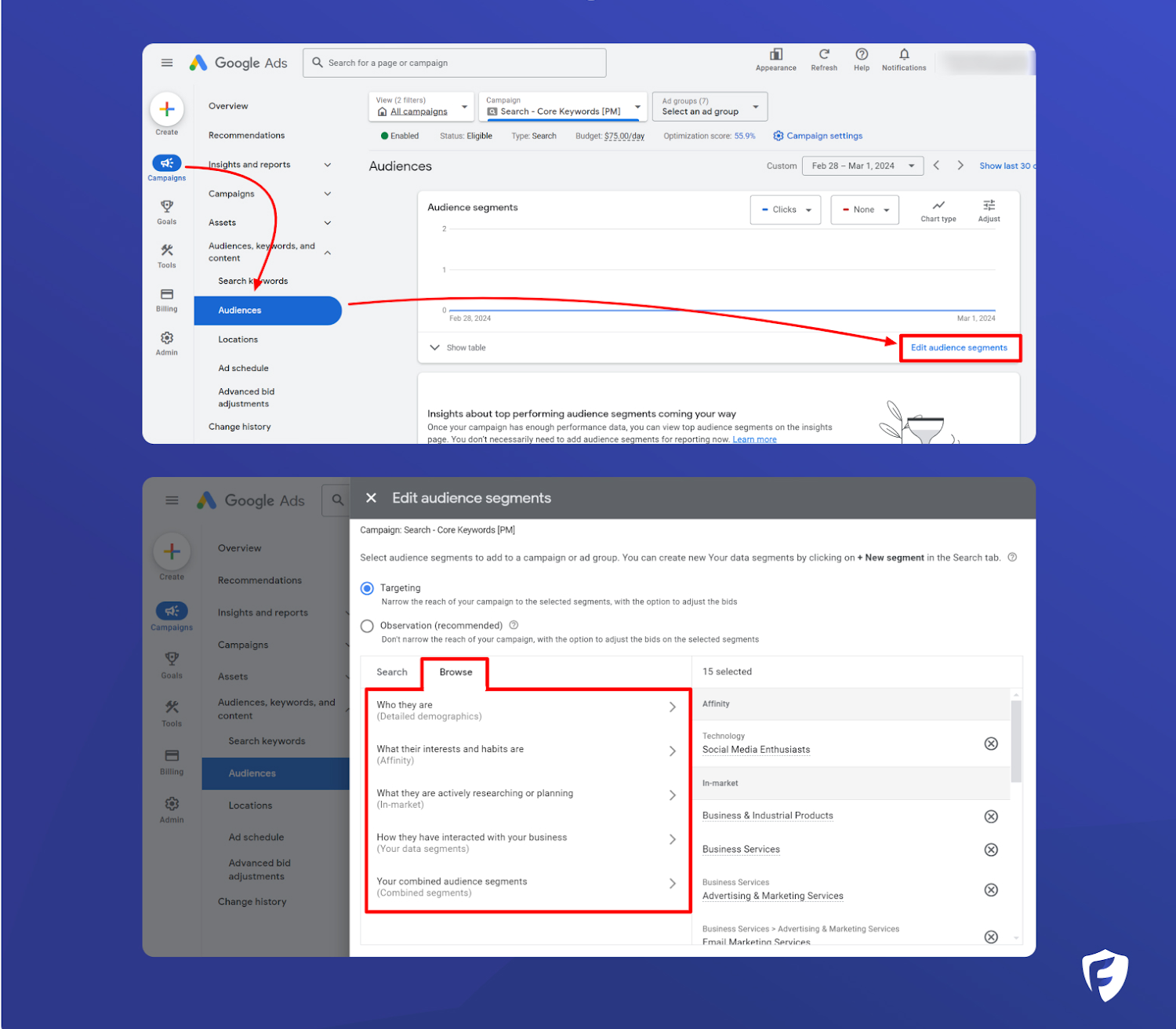
The Basics Of Google Shopping Ads For Ecommerce Stores
Using audience segmentation, you can group users based on their behavior, interests, or demographics. Creating ads tailored to different audience segments helps businesses make customers feel more engaged and aligned with their needs.
Google Shopping Ads: Using Product Ratings And Reviews
Shoppers can trust ratings and reviews and make better buying decisions by integrating them into Shopping Ads.
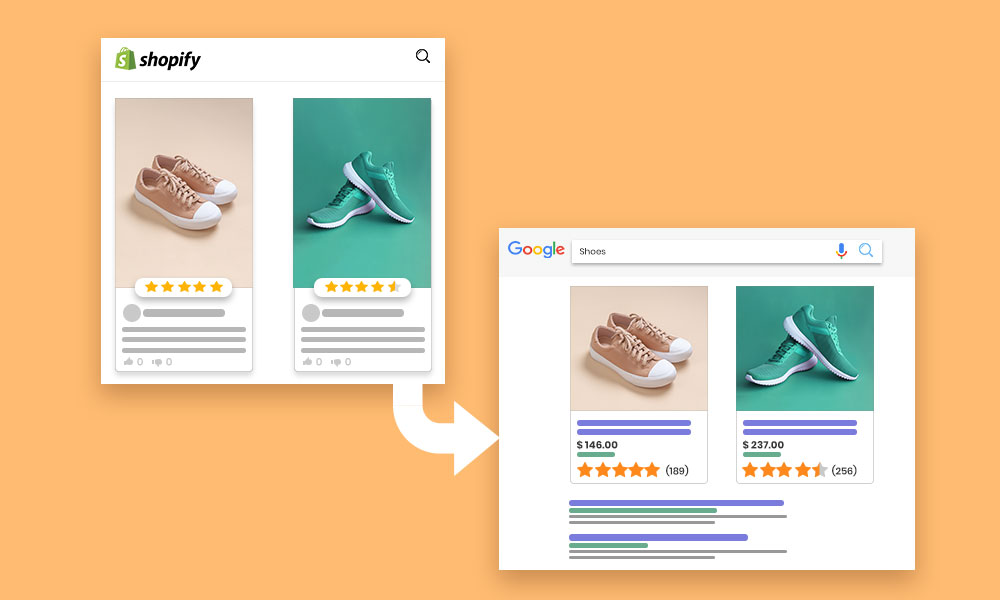
The Basics Of Google Shopping Ads For Ecommerce Stores
Making Google Shopping Ads have product ratings
Ratings tell consumers what a product is like and how good it is. Consumers trust peer reviews more, so products with high ratings get more clicks and conversions.
Get more clicks and credibility with reviews
It’s social proof that gets people to try new products. Having positive reviews can help increase CTR because they give your product an extra layer of credibility, so consumers are more likely to buy it.
A Look At How Seasonal Adjustments Affect Shopping Ads
To keep your ads performing well, you need to understand and adapt to seasonal changes.

The Basics Of Google Shopping Ads For Ecommerce Stores
Image Courtesy –GET FOUND
High demand seasons: adjusting bids
Adjusting bids during peak seasons, like holidays, can help capture more demand. Increase your bid on popular products to stay competitive and reach more shoppers.
Maintaining seasonal product listings
It’s possible some products are only in demand seasonally. Seasonal product listings can help capture more relevant searches during specific seasons by adjusting titles, descriptions, and pricing.
Promoting In Store Sales With Local Inventory Ads
The Local Inventory Ad (LIA) is a type of Shopping Ad that’s designed to get customers in stores.

The Basics Of Google Shopping Ads For Ecommerce Stores
Image Courtesy –FEEDONOMICS
Do You Know What Local Inventory Ads Are?
With Local Inventory Ads, you can see what’s in local stores, along with standard Shopping Ads. In this way, LIAs help drive in store traffic by letting customers check if items are in stock before coming in.
Creating local inventory ads
Verifying business locations and connecting them to Google Merchant Center is needed to set up LIAs. It’s also important to have a local product feed for each store.Â
Localized information allows businesses to reach local customers ready to buy.
Keeping track of your campaigns and measuring their success
For Google Shopping Ads to succeed, key performance indicators (KPIs) need to be monitored.
Shopping Ad KPIs you should know
How often ads appear and are clicked. Engages people with ads. This tells you what percentage of clicks actually lead to purchases. Amount of ad spend required for each conversion.
Making future campaigns better with data
Understanding KPIs and using them for future campaigns is crucial. Data from past campaigns can help inform bidding strategies, keyword choices, and other campaign aspects, leading to better future results.
Conclusion
Google Shopping Ads are a powerful marketing tool for eCommerce businesses looking to get more traffic, drive more sales, and increase visibility.Â
Shopping Ads campaigns can be made more effective with a well structured setup, optimized product feeds, strategic bidding, and advanced tactics such as remarketing.Â
By monitoring campaign performance and adjusting based on data, eCommerce businesses can stay ahead of market changes. Online retailers can capture customer attention and turn high intent searches into loyal customers with Google Shopping Ads.

